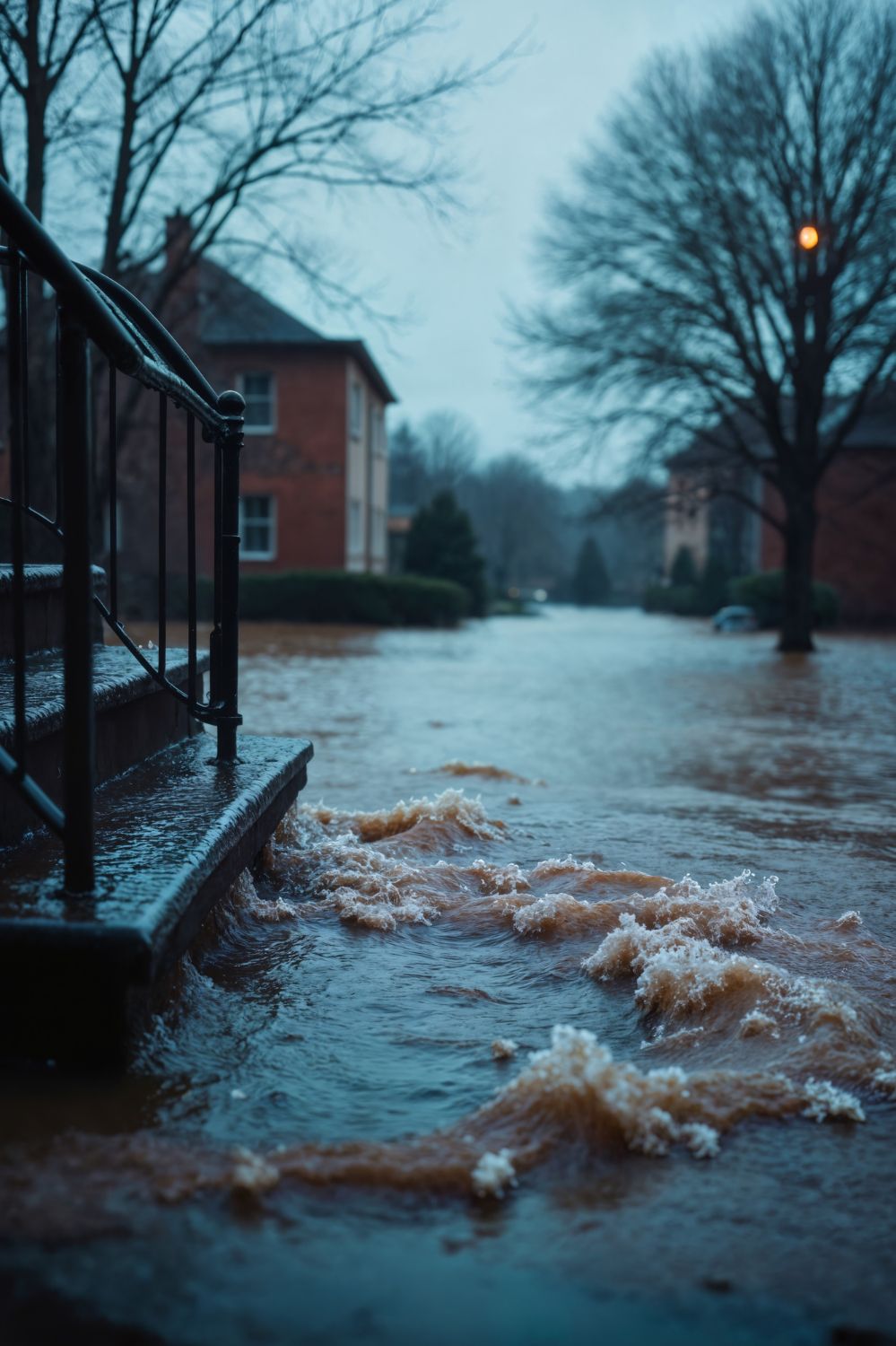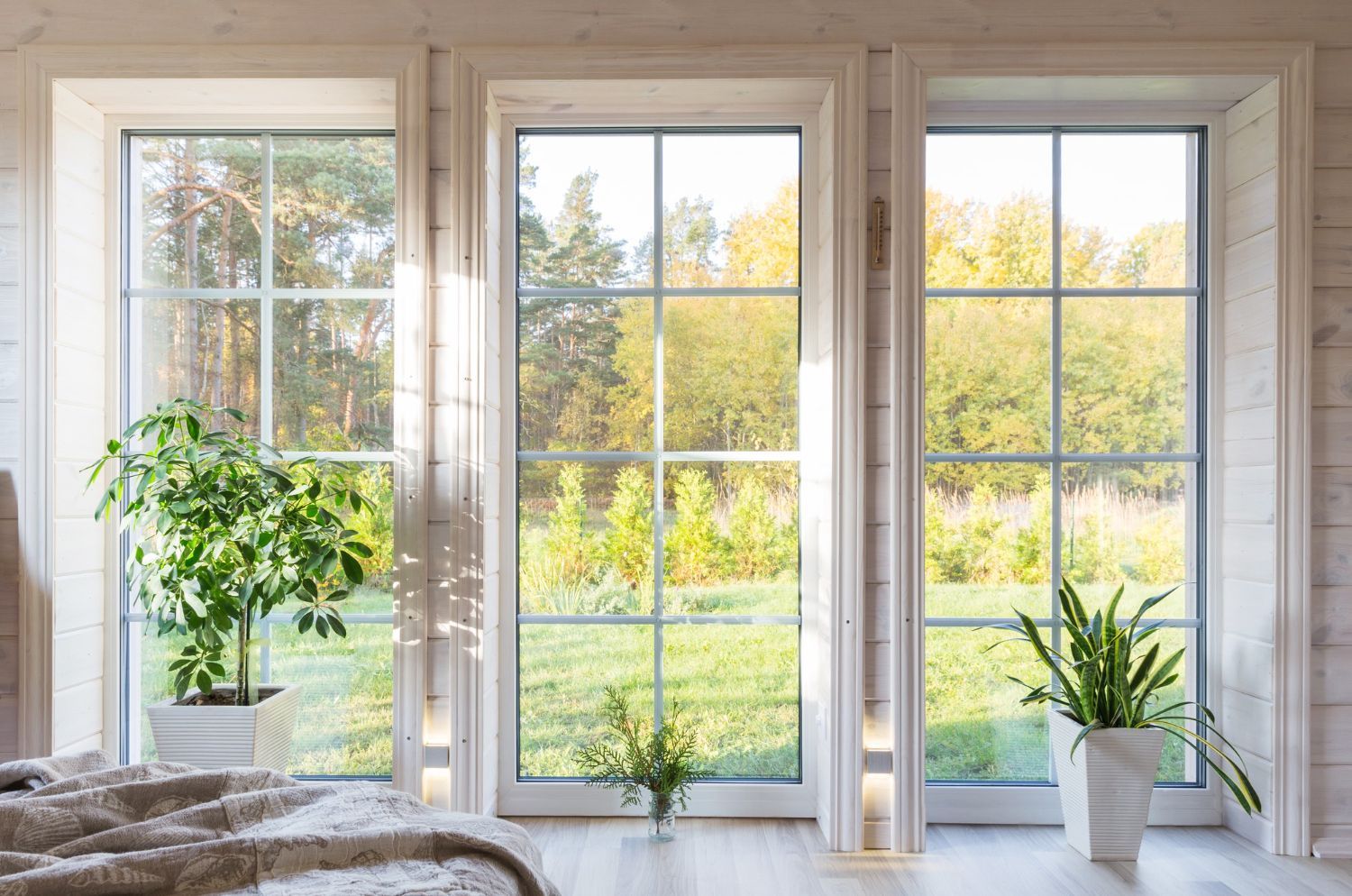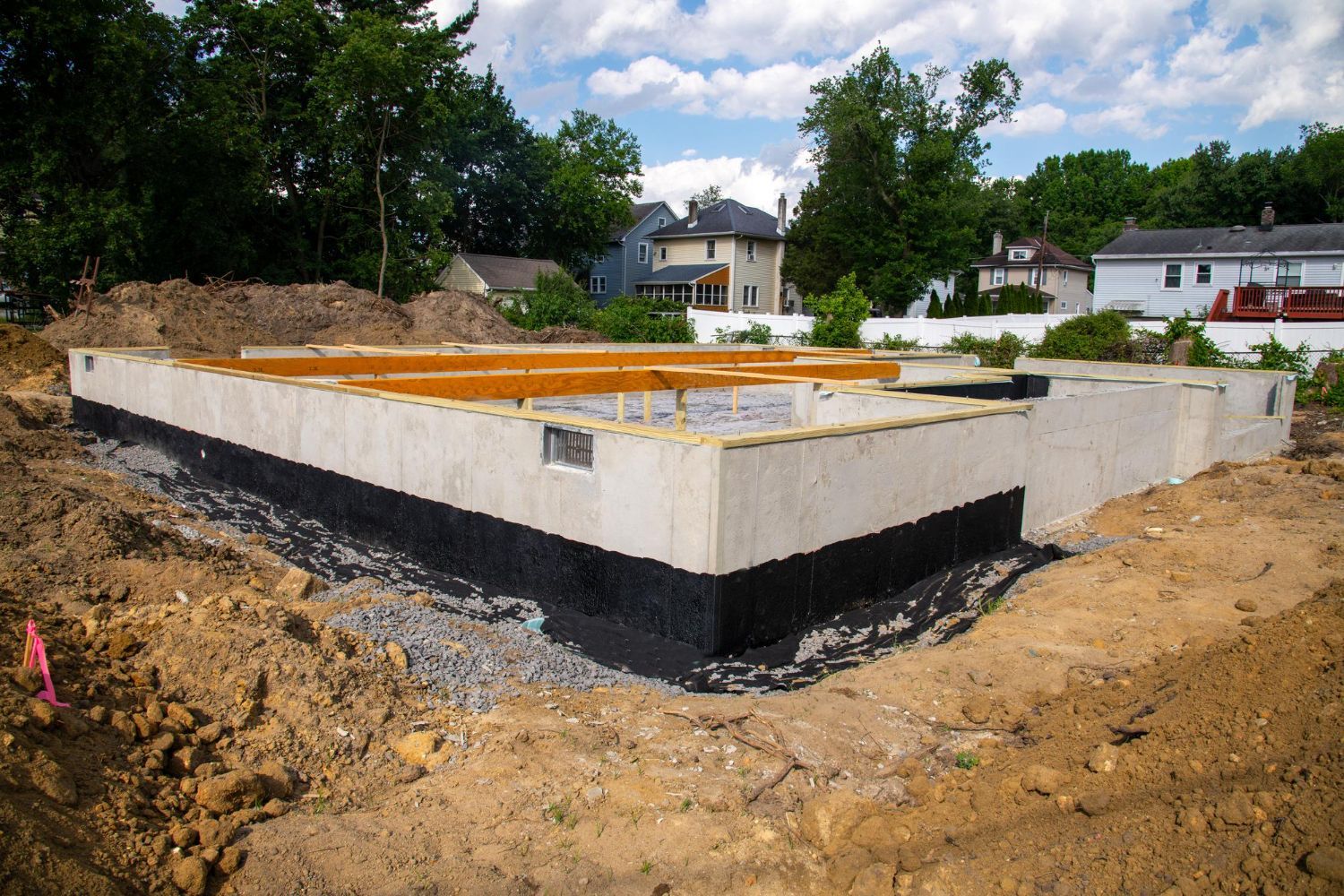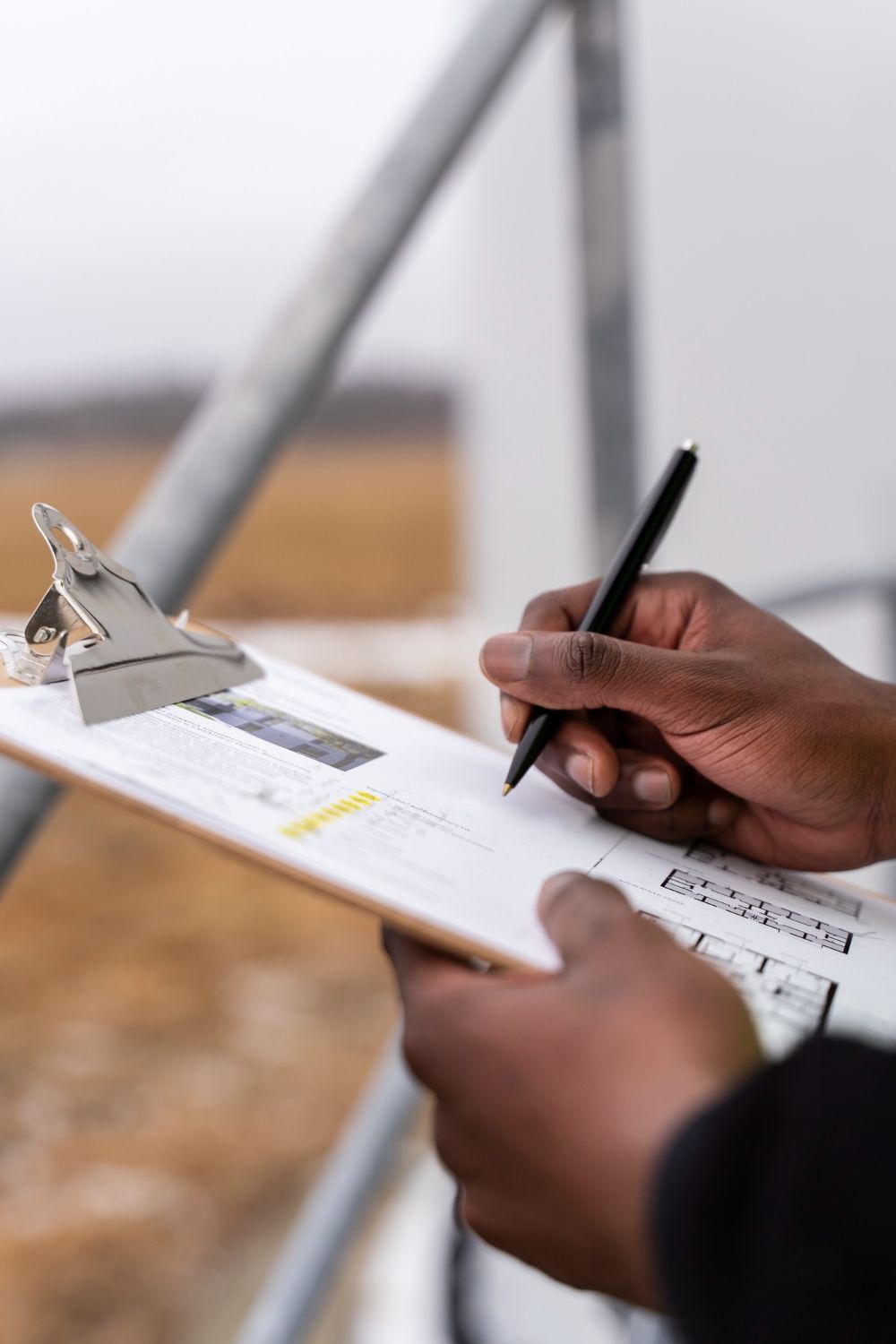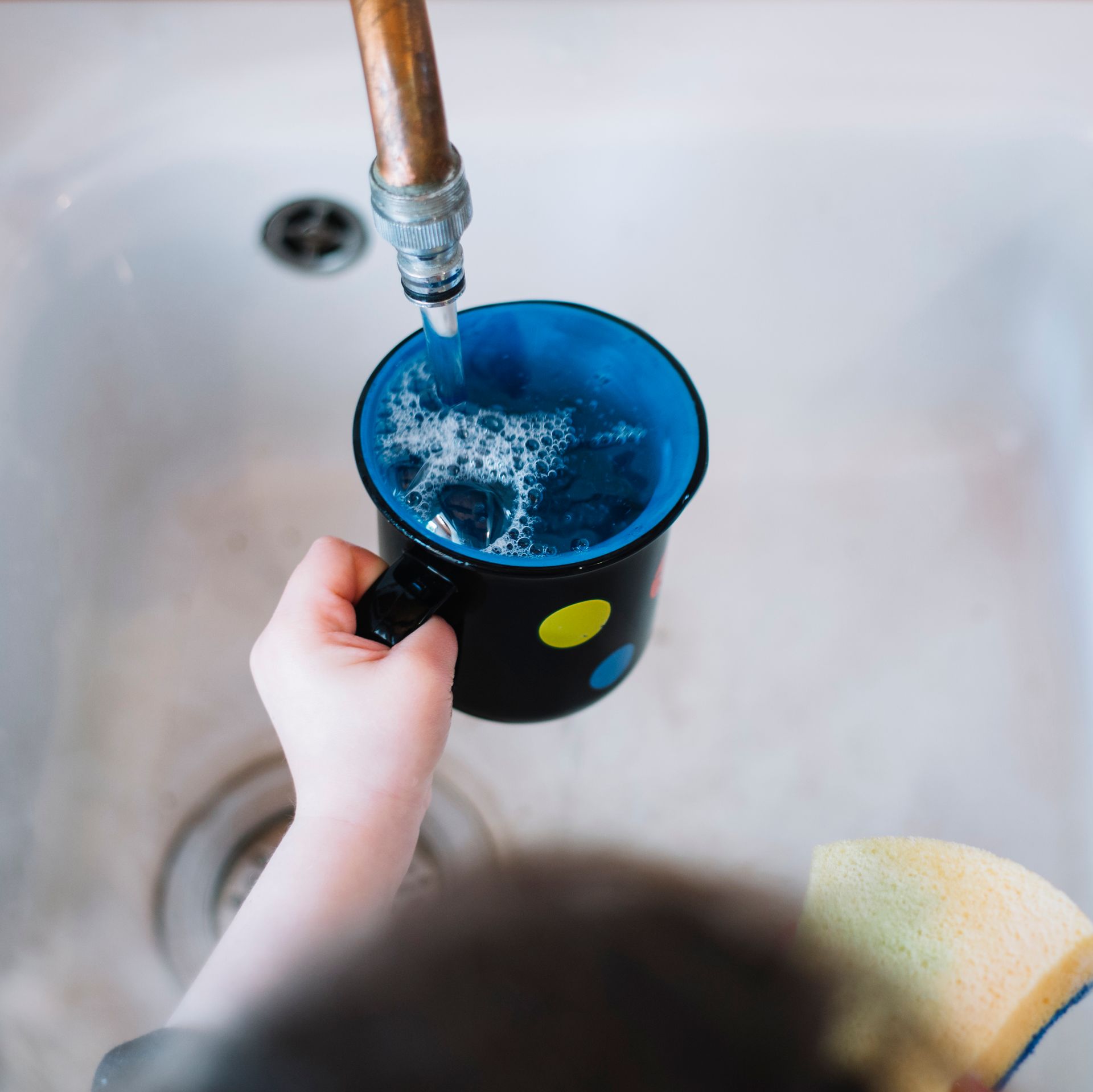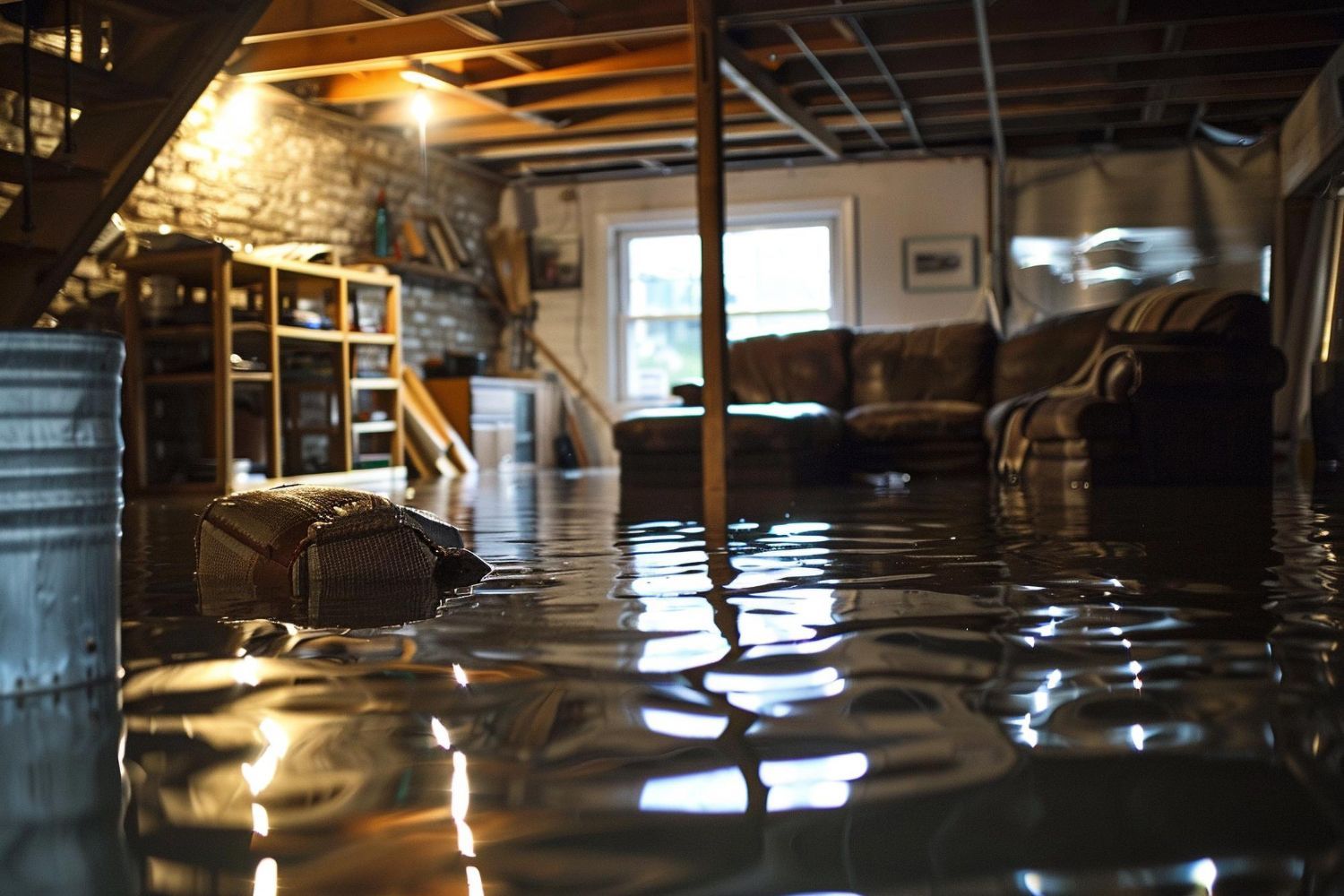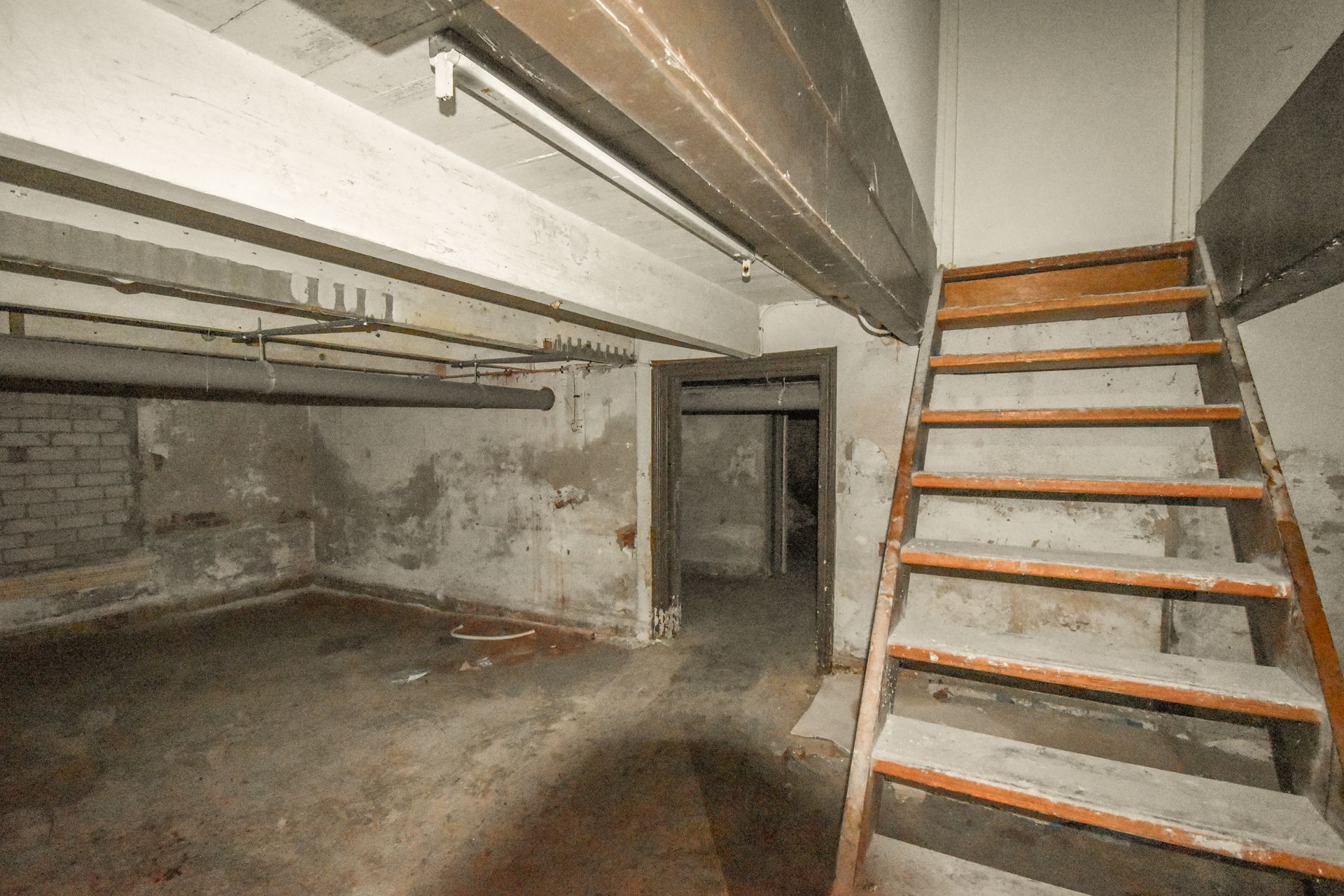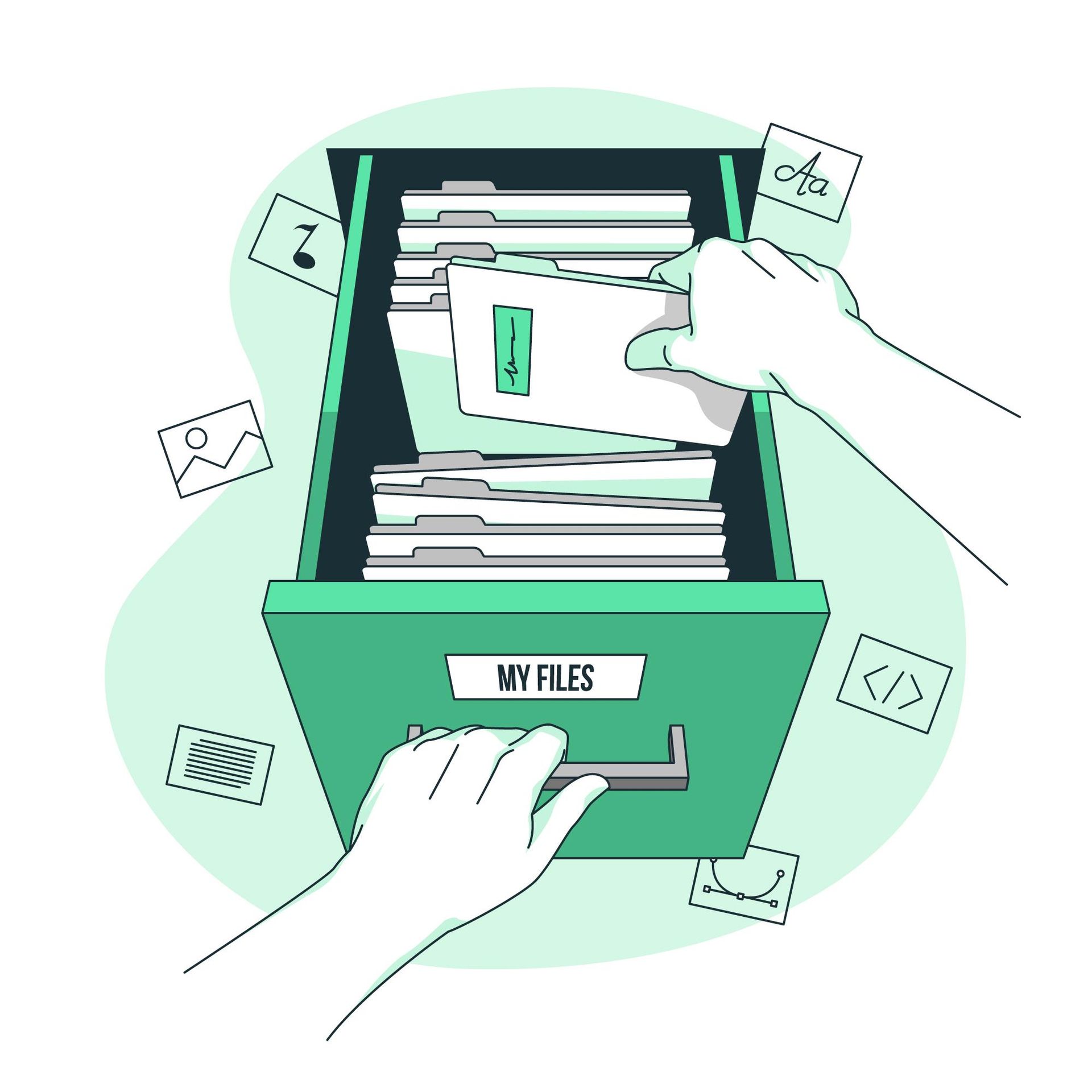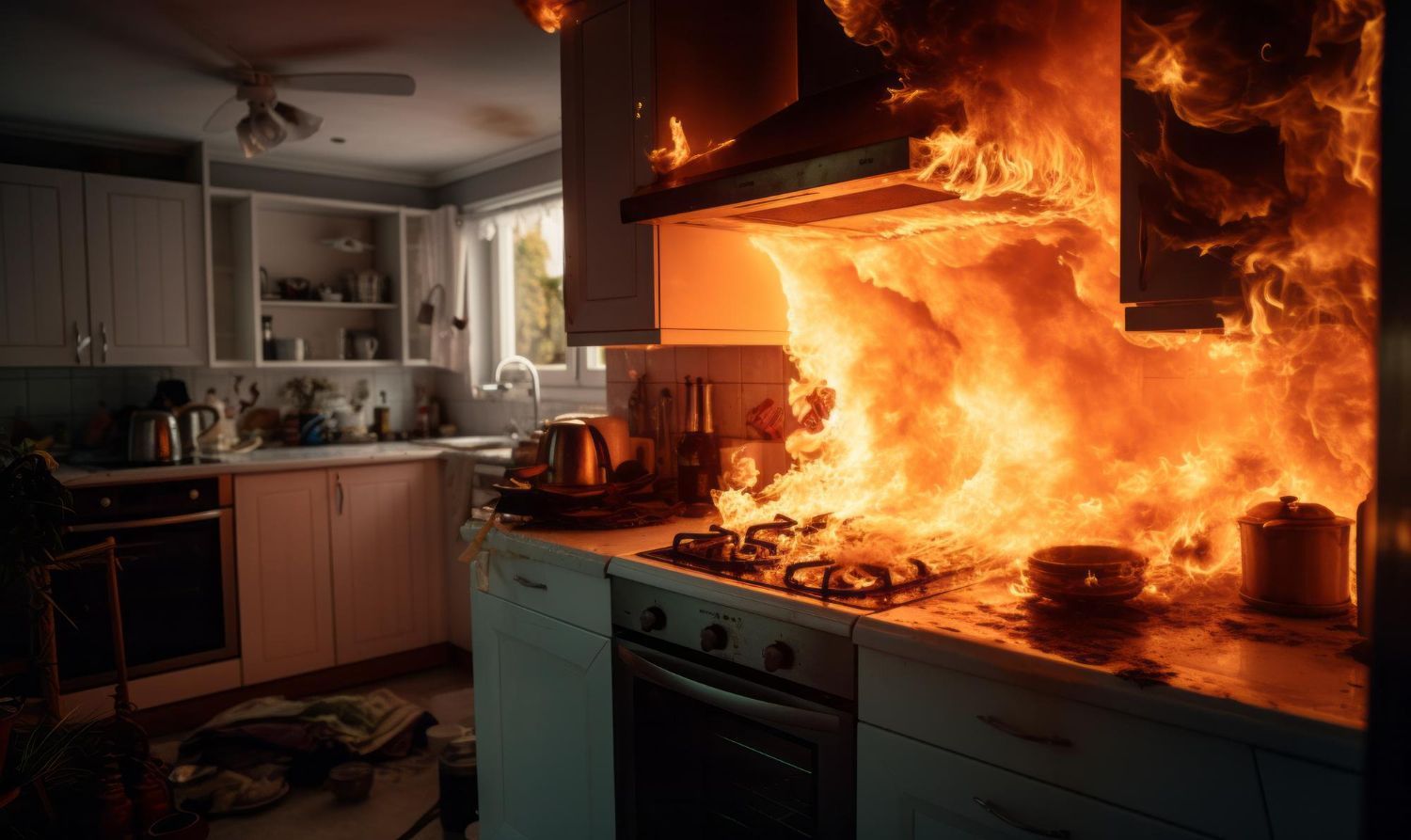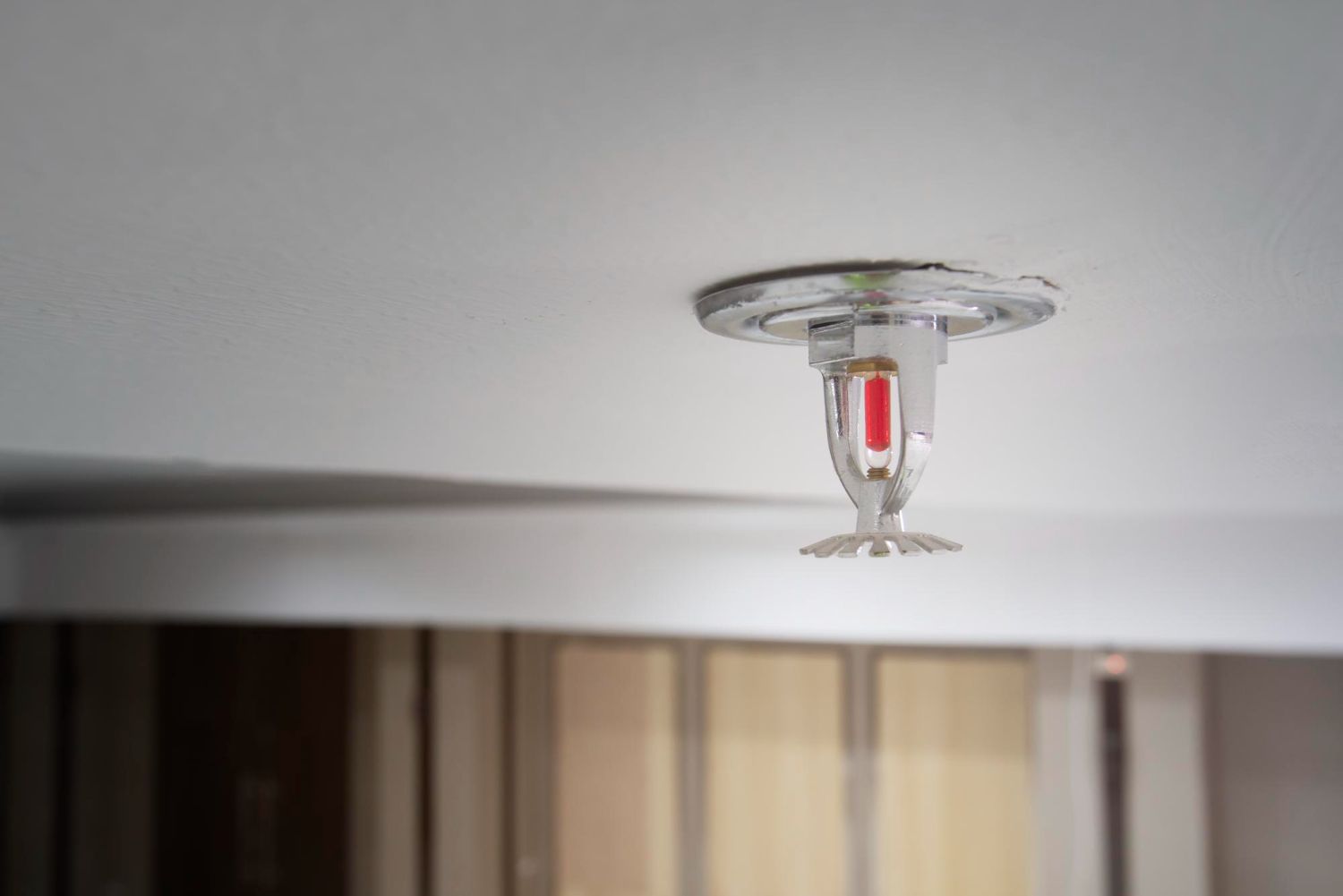Outdoor Cushion Mildew Removal
Outdoor Cushion Mildew Removal- Houston, TX

Having visitors around on the patio is a happy affair, but spirits can be dampened when the outdoor furniture shows signs of mildew. Mildew on patio furniture is a problem that many homeowners confront at some point in their lives. This is how to remove mildew from outdoor cushions without using bleach.
What is mildew?
Mildew, a type of mold, is a common irritant. Mildew grows swiftly in favorable settings, such as an abundance of darkness, wetness, and warmth. Mildew can grow on even high-quality outdoor cushions exposed to rain or humidity.
Mildew appears on outdoor cushions as a powdery gray, white, or black growth. Mildew not only discolors patio furniture but also has an unpleasant, musty odor. Mildew is naturally unattractive to homeowners and their guests; also, long-term mildew exposure is dangerous.
Mildew and mold are both fueled by organic molecules. Mildew can grow on natural fibers including cotton, silk, and wool. Despite the fact that high-quality outdoor cushions are built to withstand the outdoors, mildew can grow on them as well.
Here's how to remove it.
Mildew removal is a simple procedure, and homeowners can select from a range of cleaning options. The materials used in the outdoor cushions will define the best approach. Regular cleaning and drying of outdoor cushions will keep them clean, fresh, and inviting.
Avoid using bleach to clean outdoor cushions since not all outdoor materials can take it. Bleaching outdoor cushions may cause the materials to discolor. Furthermore, the fumes emitted by bleach may be hazardous to those who use it. The following are environmentally friendly mildew removal procedures.
Apply Borax – A Natural Cleaner- Homeowners love the natural cleaning product borax. The chemical, sodium borate, is a mineral salt that aids in the removal of mildew from outdoor cushions; an added benefit is that it requires less work to achieve the best results.
Borax both eliminates and disinfects mildew.
- 1 cup of Borax + a few drops of dish soap
- Dip a brush with a stiff bristle into the solution.
- Scrub the mildew stains along with the cushion vigorously with the brush.
- Allow the solution to remain for five minutes before rinsing thoroughly with a garden hose.
Use White Vinegar – A Non-Toxic Option- A common household item, white vinegar, is an environmentally friendly way to clean mildewed outdoor cushions. White vinegar is also non-toxic. However, this method is only useful on cushions with minimal mildew growth. Severe mildew stains must be removed using a pressure washer.
Removable outdoor cushion covers can be washed in the washing machine with one cup of distilled white vinegar. If the cushions aren't removable, spritz all sides with white vinegar and set aside for 10 minutes.
- In three cups of warm water, dissolve one spoonful of dish soap.
- Using a sponge immersed in the soapy solution, scrub the mildew away.
- Rinse the cushions with a clean, wet cloth.
- Allow the cushions to air dry.
- Spritz with more white vinegar to help prevent future mildew from growing.
Rent a Pressure Washer – A Powerful System- For eliminating persistent mildew stains, a pressure washer is an effective instrument. Connect the pressure washer to an outside water supply. Keep the pressure washer at least two feet away from the cushions and set the PSI to the lowest setting to protect the material.
- Soak the outside cushions in water first.
- Upon putting the cleaner into the pressure washer soap reservoir, employ a horizontal, sweeping motion to cover the cushions in soap suds.
- Allow the soap to remain on the fabric for three minutes (do not allow the soap to dry) (do not allow the soap to dry).
- Scrub the mildew from the outdoor cushions using a brush.
- Rinse the cushions well with water to eliminate all soap residue.
- To remove excess water, wring out the cushions and allow them to fully air dry in the sun.
What prevents mildew growth on outdoor cushions?
It is simple to remove mildew from outdoor cushions. However, preventing mildew growth saves the homeowner the time and effort of removing the mildew. Waterproof cushion covers, for example, reduce the possibility of mildew formation (but do not totally prevent mildew growth).
What prevents mildew growth on outdoor cushions?
Because of the high humidity and rain expected, homeowners should bring their outdoor furniture inside. Keeping cushions fresh and clean aids in the prevention of mildew growth. If the cushions become wet, use a towel to absorb the moisture and allow them to dry naturally.
When storing cushions for the winter, ensure sure they are thoroughly dry to avoid mildew growth. The storage room should also be well ventilated. Clean the cushions when you pull them out in the spring using any of the methods described above.
While spraying white vinegar on outdoor cushions can help prevent mildew growth, this method may not be effective in cases of severe mildew or mold. When you need professional help eradicating mold, turn to mold remediation specialists.
Professional mold removal teams will arrive at your home or office as quickly as possible to assess the damage. Following an initial assessment, they create a mold remediation plan. The damaged areas have been confined to prevent cross-contamination to other portions of the building.
Then, professional experts employ effective treatments to eliminate all traces of mold development, both hidden and evident. Professional specialists will spot mold growth whether it is discovered under moist carpets, in basements, behind walls, near HVAC equipment, or in attics with insufficient ventilation. If you suspect mold in your house, contact Restoration 1 of Central Houston immediately.

